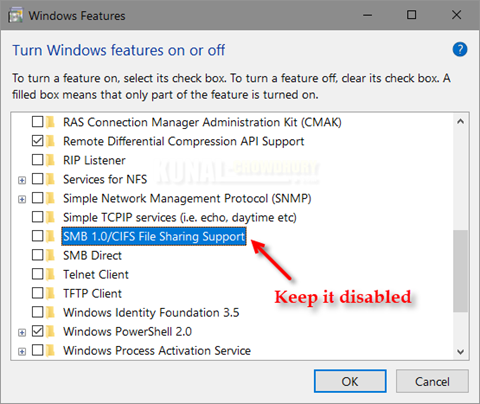In last few days, you might have heard about 'WannaCry' or 'WannaCrypt' ransomware which spread affected many systems across the globe. This was spread like a worm by using the Windows SMB vulnerability, which was patched in March.
You might become a victim, if you are not running Windows 10 and not yet patched your system with all the security updates that Microsoft released.

The 'WannaCry/WannaCrypt' worm was spread by spam emails asking user to download a malicious attachment, which when executed results an infection to the system and blocks files by encrypting them with a private key. When the system gets infected, it asks the user to pay $300 worth BitCoin to an address to decrypt your file content.
The computers running outdated operating systems are vulnerable to it and Microsoft has quickly provided a fix to all of their unsupported operating systems like Windows XP, Vista, Windows 8, Windows Server 2003 and Windows Server 2008. If you are running Windows 10, you are already secured.
Microsoft asks everyone to immediately install the Emergency Security Patch for Microsoft Windows SMB Server, if not yet installed, and disable the SMB 1.0 from the Windows Features as shown in the below screenshot:

Also, make sure to enable your system Firewall and modify it's configurations to block access to the SMB ports over the network or the Internet. Those protocol operates on TCP ports 137, 139, 445 and UDP ports 137, 138. You must create a rule to disable all those ports mentioned.
Apart from these, beware of phishing emails and don't click on any attachments received as unsolicited address. Also, keep your system always up-to-date with the latest updates will ensure that you are not infected.




